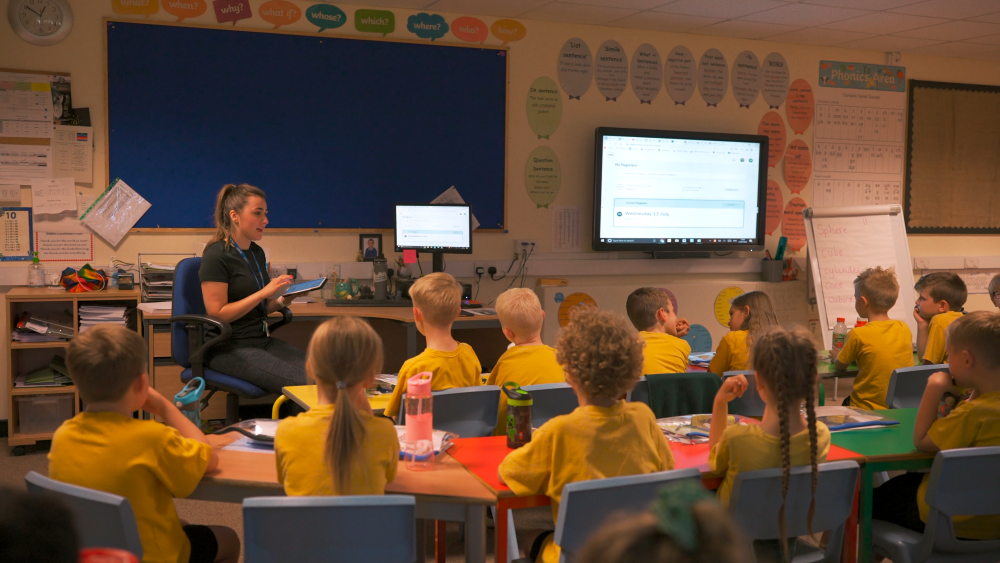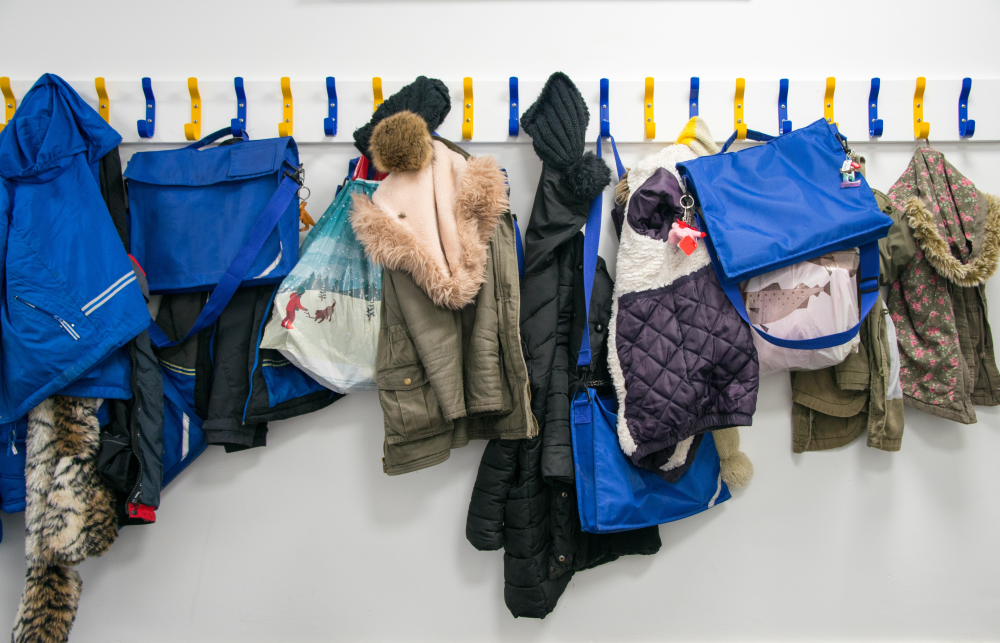School staff have always had a lot on their plates — from lesson planning to pastoral care to administration, the list of priorities is never-ending. When the pandemic hit five years ago, it added even more complexity. With schools closing, routines vanishing, and home learning becoming the norm, the landscape of education changed almost overnight.
Five years on, our research into the effects of the pandemic shows the long-term impact COVID has had on learning. Our Generation catch-up 2.0 report highlights the key areas having the biggest impact on pupils and educators - and unsurprisingly, attendance remains a key concern.
Surprisingly, it’s the change in attitudes from parents and carers which has become a challenge for some schools.
But it’s not just pupils’ habits that have shifted — changing attitudes among some parents and carers have created additional challenges for schools. To better understand how schools are responding, we spoke with four senior leaders from across the country about the strategies they’re using to improve attendance in their settings.
Nadeem Bashir, Principal, Shirestone Academy
Graham Boyd, CEO, One Academy Trust
Donna Faley, Headteacher, St Thomas More Catholic Primary
Peter Hughes, CEO, Mossbourne Federation
Get parents involved
Every leader we spoke to highlighted the importance of starting at home. Engaging parents and carers in conversations about attendance is having a real impact. Whether through group sessions or one-on-one meetings, schools are sharing the facts and showing how even a single missed week can set a child back — academically, socially, and emotionally.
Graham Boyd of ONE Academy Trust points to a shift in parental attitudes to school since the pandemic. With more parents working from home, there’s sometimes a perception that keeping a child off school is less disruptive.
To counter this challenge, ONE Academy Trust has focused parent communications, like newsletters, on attendance, helping families to understand the importance of being in school.
For Shirestone Academy, it’s all about forming strong relationships with families. Principal Nadeem Bashir highlighted that post-pandemic, around a quarter of parents were hesitant to send their children back after lockdown — often due to understandable health concerns. Instead of simply telling parents what was happening in school, they met with them one-on-one and allowed them to talk to earn their trust. That personal connection, built through listening and understanding, continues to underpin their approach today.

Set clear expectations
Clear boundaries are vital. When schools communicate expectations from the outset, families are more likely to buy into the culture and routines.
This is exactly what happens at Mossbourne Federation. As Peter Hughes explains, the message is clear from day one: attendance matters. If a pupil misses their induction, they attend a follow-up. If they miss lessons, they’re expected to catch up immediately — even if that means at lunch or on weekends. It’s about embedding the value of time in school
At St Thomas More Catholic School, expectations are laid out during parent induction sessions. They don’t just talk about the importance of attendance — they show its impact. Visual aids and data help parents see how small absences can add up, making the issue tangible and harder to ignore.
Looking beyond the numbers
While all schools must report attendance figures, the real value lies in digging deeper to understand the stories behind the statistics.
At Mossbourne Federation, staff look closely at patterns to distinguish between pupils who can’t attend and those who won’t. For example, is a pupil consistently late because they’re taking younger siblings to school? If so, they can work with the family to look at alternative solutions.
ONE Academy Trust also follow a similar approach, they want to understand what’s behind the figures. . They recognise that a pupil who misses two weeks for a family holiday will be classed as persistently absent — but that’s a very different scenario to a child missing one or two days every single week Looking at the driving forces behind those absences and challenging that is key for encouraging change.
The new Generation catch-up 2.0 report uncovers the far-reaching impact the pandemic is continuing to have across the education sector. The results have shown the learning gaps haven’t just remained, but evolved too. Attendance is just one piece of a much larger puzzle, but it’s a critical one.
By building relationships, setting clear expectations, and taking time to understand the 'why' behind absence, schools are showing that change is possible.
To read the full Generation catch-up 2.0 report and find out the thoughts of over 9,000 teachers and senior leaders, click here


